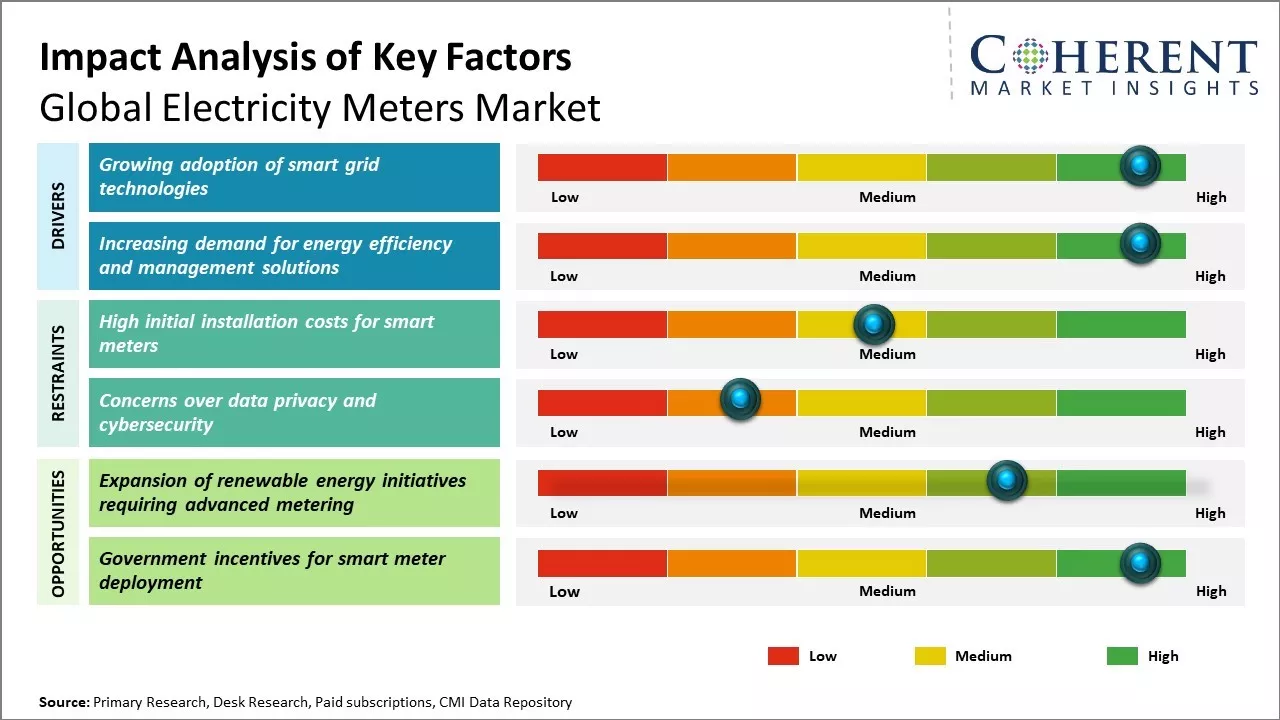Global electricity meters market is estimated to be valued at US$ 10.31 Bn in 2025 and is expected to reach US$ 16.79 Bn by 2032, exhibiting a compound annual growth rate (CAGR) of 7% from 2025 to 2032.

To learn more about this report, Request sample copy
Rising demand for smart metering infrastructure along with the need to upgrade aging electricity distribution networks can drive the market growth.
Global electricity meters market is witnessing positive trends such as widespread adoption of smart meters, implementation of advanced metering infrastructure and integration of Internet of Things technologies. Governments across nations like U.S., Canada, Japan, China, etc. are developing conducive policies to replace conventional meters with smart meters to improve grid reliability and enable better demand response. Digitalization of energy sector can drive the market growth.
Growing Adoption of Smart Grid Technologies
Traditional electricity infrastructure has been in place for decades with a unidirectional flow of power from central generation units to consumers. However, with advancing digital technologies, grids are evolving into two-way communication networks enabling more efficient load management, demand response capabilities, integration of distributed renewable energy resources and energy storage systems. Smart grids essentially add an IP address to each component in the electricity delivery network such as advanced meters, distribution automation equipment, intelligent transmission systems and communication networks. This enables real-time monitoring of power flows, two-way communication between utilities and end-users, remote connectivity and controllability of distribution assets.
Smart meters are a key enabling component of smart grids, providing two-way interaction at the consumer level. Compared to conventional meters, smart meters can record electricity usage hourly or at shorter intervals and communicate that information back to the utility for monitoring and billing purposes. These also allow utilities to remotely connect or disconnect power supply and offer consumers a more dynamic view of their energy consumption through online portals and mobile applications. This fosters greater awareness about usage patterns and encourages behavioral changes. The European Union has mandated the installation of smart meters for 80% of consumers by 2020 as part of its energy efficiency strategy. Additional functionality such as home energy management, electric vehicle charging and renewable energy connectivity are expected to augment the value proposition of smart meters. Adoption of such intelligent metering solutions will increase as countries strengthen grid modernization programs.
Joining thousands of companies around the world committed to making the Excellent Business Solutions.
View All Our Clients